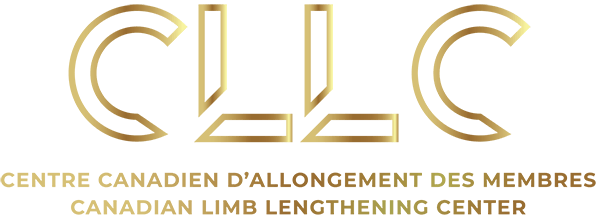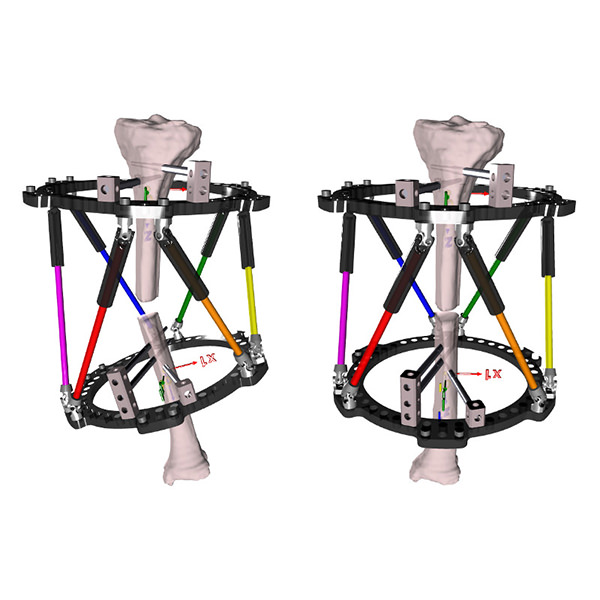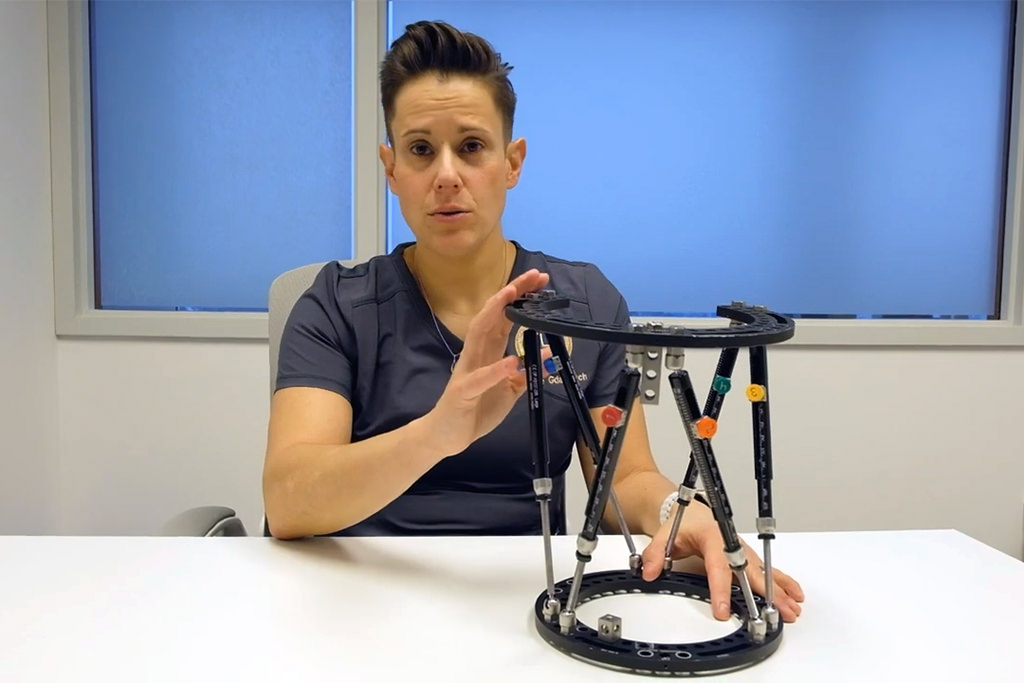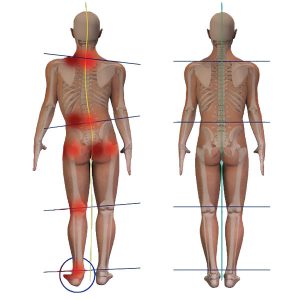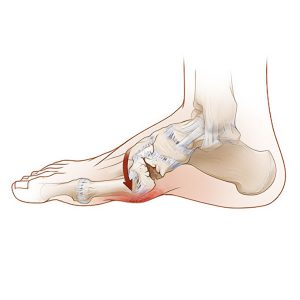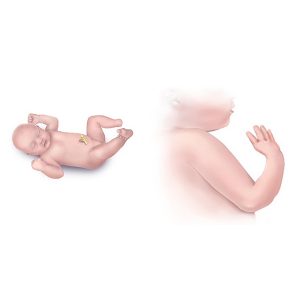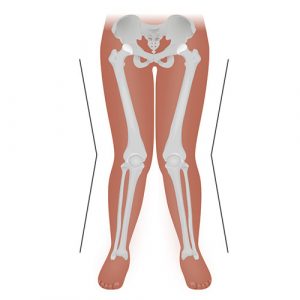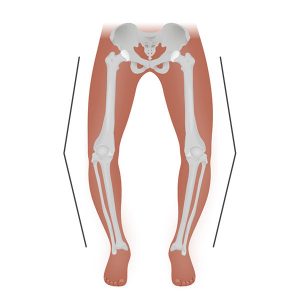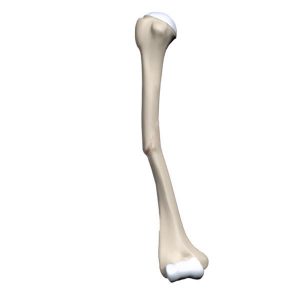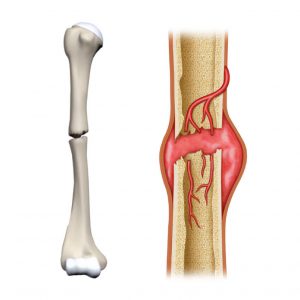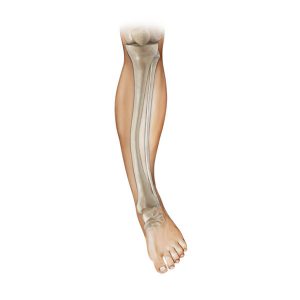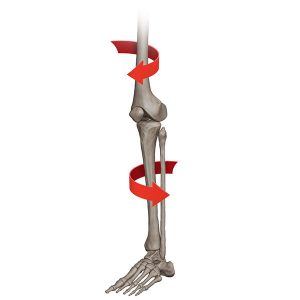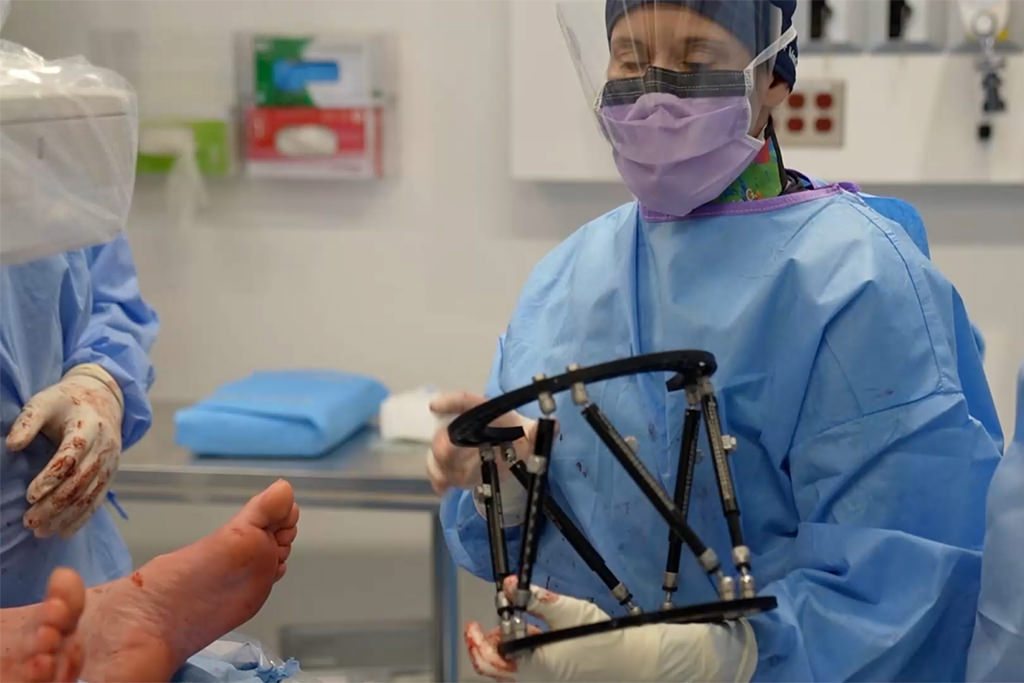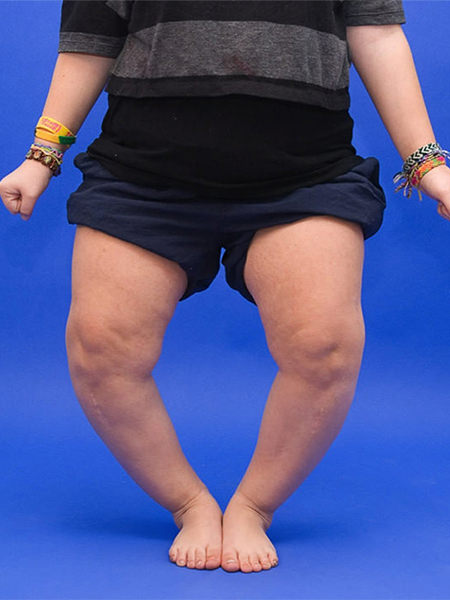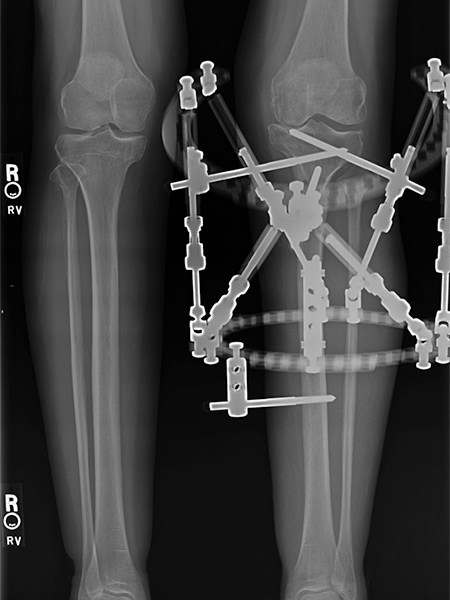Gradual Deformity Correction with external fixation is used to reposition the bones in normal alignment to improve or gain function. This surgery is often performed on bones such as the Femur, Tibia, Humerus, and Radius/ulna. The corrections are performed over several weeks or months and may involve 1-2 surgical procedures to apply and remove an external fixator device. Your surgical plan will include a Distraction Phase, during which the bones will gradually be separated and aligned, as well as a Consolidation Phase, wherein the new bone starts to hardens and solidifies and finally a healing phase, in which the bone becomes strong enough for the external fixator to be removed. With advanced technology offered at CLLC, gradual deformity correction is less invasive and more comfortable than ever before.
Indications / Candidacy
Gradual Deformity Correction is offered to patients who have had deformity since birth or early childhood, or who have developed the condition as a result of an accident or injury. At CLLC we perform gradual deformity correction for both children and adults. Candidates will be assessed by one of our surgical specialists to ensure a proper diagnosis and that all physical criteria are met before surgery.
Good Candidates for this surgery may experience:
- Simple or Complex Deformity of the limb (in one or more planes)
- Length difference between two limbs
- Combination of deformity and length difference







Treated Conditions
The Canadian Limb Lengthening Center offers treatment of many complex orthopedic conditions. We pride ourselves in providing highly specialized expert care and the most up to date equipment and technologies. Using a holistic approach to acute deformity correction, we help patients treat many of the following conditions:
Surgical Technique
Gradual deformity correction with external fixation (circular or rail)
A circular or rail external fixator is applied to the limb and the bone is cut in between. The bone cut is done through a small skin incision to preserve all the soft tissues around the bone. External fixation systems are capable of many applications including limb lengthening, angular and rotational corrections, fusions, fracture fixations and more. With the bone cut made and fixation system in place, the bone is then distracted at approximately 0.75-1mm per day until the desired correction is achieved. Once the bone has healed the external fixator can be removed.
Results
With increased function (better walking/gait) and improved muscle strength our patients typically live very active, healthy lives after acute deformity correction. For some patients, deformity correction can decrease pain and discomfort while providing the psychological benefits of having a more positive body image and body function. The other great advantage of deformity correction is preventing premature wear and tear of the joints (due to poor limb and joint alignment). A large part of patient success relies on having a team of experienced surgeons, support staff and physical therapists that provide a comprehensive surgical program.

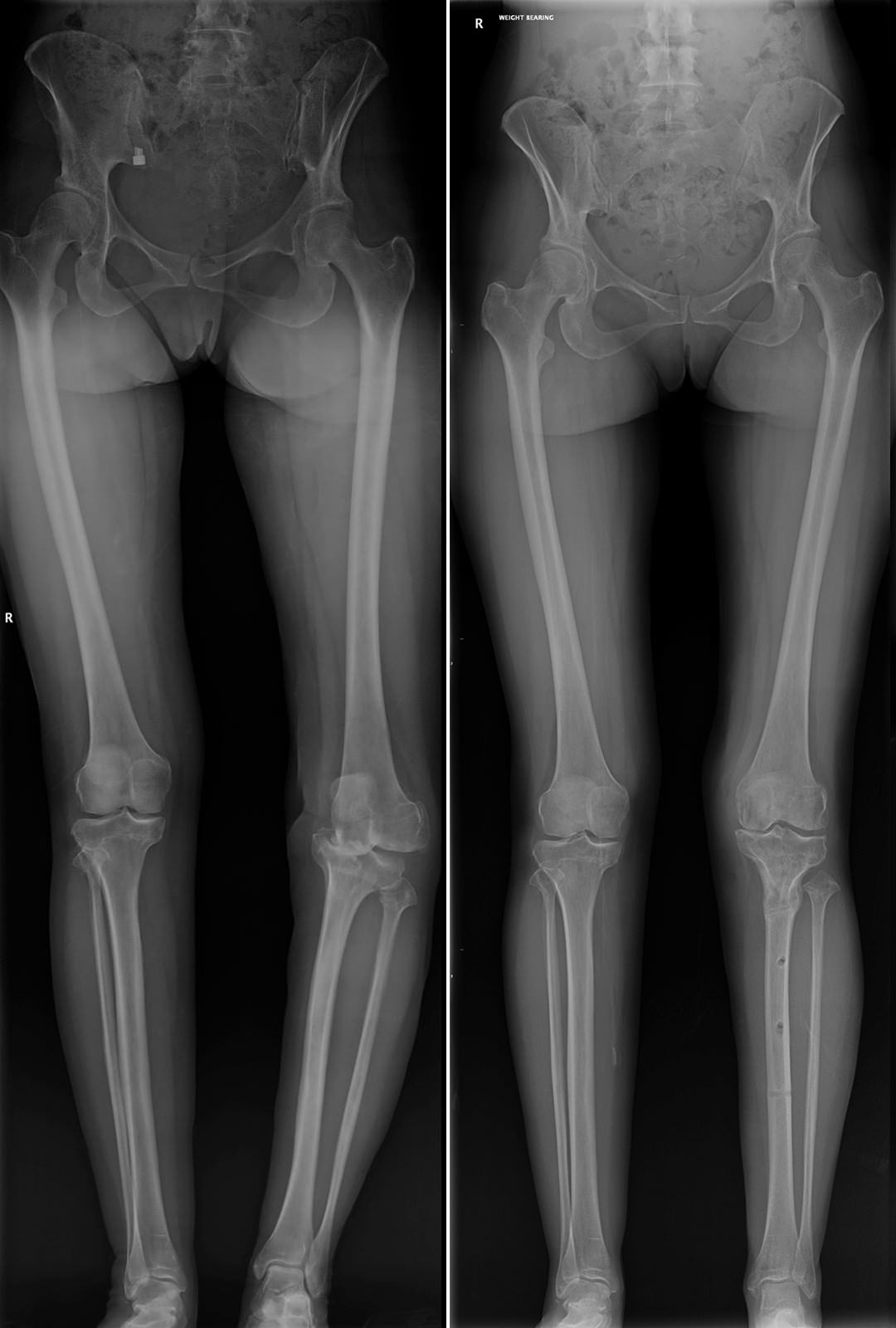
Potential Complications
As with any surgical procedure, Gradual Deformity Correction can have difficulties and complications. While educating patients on these potential risks, we take extensive measures to avoid complications and teach patients how to properly care for their body after surgery. In the case that difficulties arise, we have experienced specialist who know how to respond. Complications and side effects may include:
- Delayed union, non-union or malunion of the bone
- Superficial (skin and soft tissues) or deep infection (bone infection)
- Neurovascular injury (very rare)
- Compartment syndrome (very rare)
- Joint contractures due to lengthening (hip, knee and ankle)
- Infection of bone (osteomyelitis)
- Fat embolism syndrome or Pulmonary embolism (very rare)
AM I A CANDIDATE?
Are you experiencing an orthopedic condition and would like to improve your physical capabilities?
Or you simply would like to achieve your long-lasting dream of improving your height?
Let us help you achieve your optimal health and wellness in a professional setting.
Let’s open up a discussion to help you achieve your goals.




Highly specialized expert care at CLLC
At the Canadian Limb Lengthening Centre we offer complex deformity correction and limb lengthening surgeries performed by experienced surgeons with the most up to date technologies. When it comes to your care, and treatment of deformity and limb length discrepancy, our surgeons have extensive training and experience.
